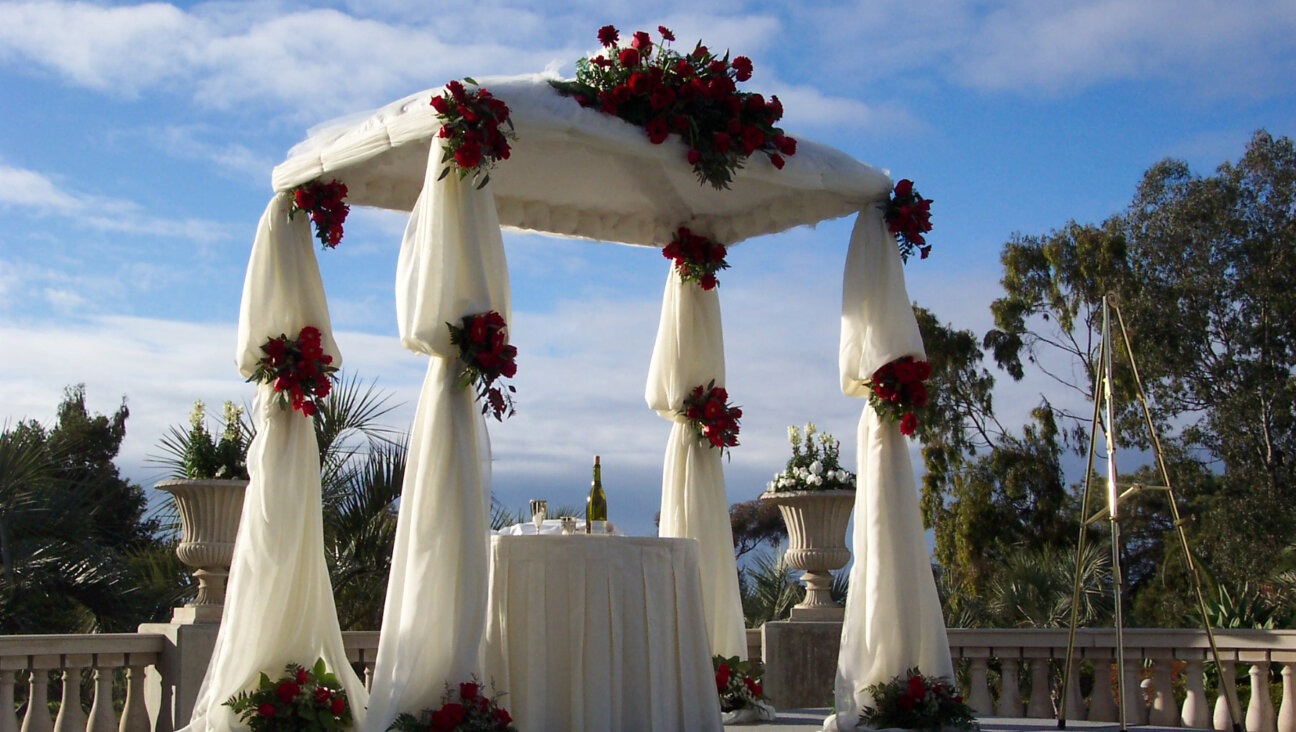STRANGERS IN THE LAND
In 1866, there were 22 Jews in all of Norway, according to census records, and in 1900 there were 642. Bear in mind, of course, that this Scandinavian country is only slightly larger than New Mexico. By 1942 the number had grown to 2,200, about a third of whom were deported to German concentration camps.
A new exhibit at Scandinavia House: The Nordic Center in America, “Jewish Life and Culture in Norway: Wergeland’s Legacy,” tells their story, concentrating on the years from 1851 through World War II.
The exhibit originated in Scandinavia as part of the Norwegian Folk Museum of Oslo’s Norwegian-Jewish Documentation project. Researchers went out into the field interviewing survivors and culling oral histories and family photographs, Judaica and artifacts from communal life. A number of the items in this collection were buried or otherwise hidden when the Jews were forced to leave during the Nazi occupation. With the project’s completion, the exhibit was shown at the Folk Museum before traveling to some 90 libraries and other public institutions.
“No person of the Jewish creed may enter Norway, much less settle,” Henrik Wergeland’s father once said in support of Article 2 of Norway’s Constitution, which denied Jews entry to the country. Perhaps it was these very words that led the younger Wergeland (1808-1845) — the poet, historian and philosopher for whom this exhibit is named — to speak out so loudly against Norway’s institutionalized antisemitism. In 1851, the law was repealed; rather ironically, not a single Jew appeared on Norway’s shores until a full year had elapsed.
The exhibit’s wall text delves into a history of this “Jewish Clause,” the two “waves” of immigration, the cultural and communal life these immigrants created for themselves, setting up familiar Jewish institutions in an unfamiliar new homeland as well as adapting themselves to their new surroundings. The enlarged images depict everyday life: Here’s a Seder in Trondheim, a birthday celebration, a program of a Chanukah play — in Yiddish and Norwegian.
The latter part of the exhibit addresses antisemitism, the Nazi occupation from 1940 to 1945, and the reinstatement of Article 2 in 1945. The exhibit follows through to Kai Feinberg’s postwar return and includes a section on journalist Bjorn Westle’s article “The Plunder of the Jews of Norway” and the country’s subsequent restitution to Holocaust survivors.
Perhaps it is the very smallness of this community — born then devastated — that allows the human mind to grapple with the Holocaust’s magnitude.
Scandinavia House: The Nordic Center in America, 58 Park Ave.; through March 22, Tue.-Sat. noon-6 p.m.; $3, $2 students and seniors, free members. (212-879-9779 or www.scandinaviahouse.org)















